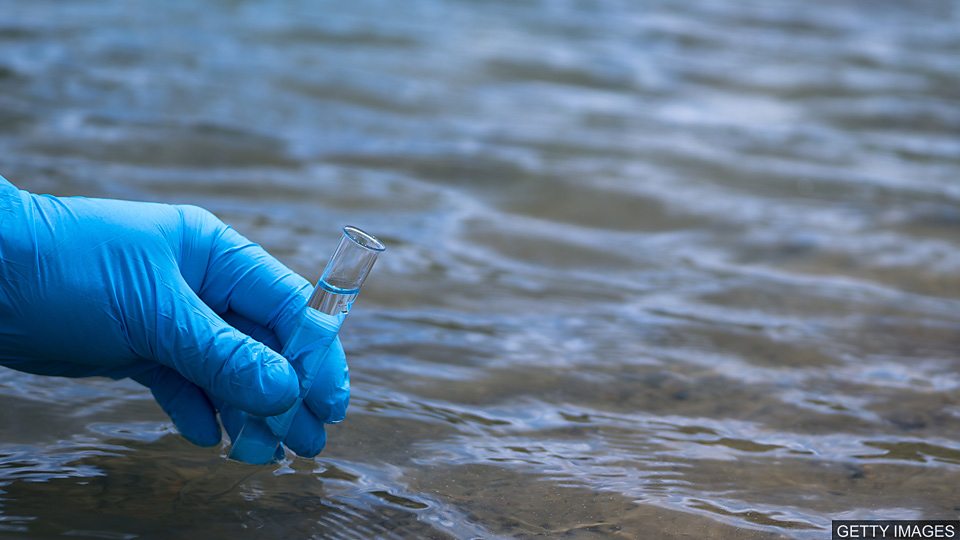一份报告称,药物和医药产品排入世界各地河流所造成的污染 “对环境和全球卫生构成威胁”。
When medicine has finished making its way through your body, it doesn't just disappear. Some key ingredients may remain active as they pass down your toilet, through the water treatment system, and then out into rivers and lakes.
药物在体内消化后,并不会彻底消失。一些主要成分在通过厕所和污水处理系统排入河流和湖泊后,仍可保持活性。
This latest research makes depressing reading. Drugs that are used to treat epilepsy and diabetes were the most widely found. The worst sites tested were in Pakistan, Bolivia and Ethiopia, with those in Iceland, Norway and the Amazon rainforest amongst the most pristine.
这项最新的研究结果令人感到沮丧。最常被探测到的是用于治疗癫痫和糖尿病的药物。测试结果最严重的地区位于巴基斯坦、玻利维亚和埃塞俄比亚,而受污染最少的地区包括冰岛、挪威和亚马逊雨林等。
词汇表
key 主要的,关键的
remain 保持不变
treatment 处理
epilepsy 癫痫
diabetes 糖尿病
pristine 原始的,未受污染的
阅读理解:请在读完上文后,回答下列问题。
1. How do drugs end up in rivers and lakes?
2. Which drugs were most widely found?
3. Where were the most contaminated sites?
4. Where were the least contaminated sites?
答案
1. How do drugs end up in rivers and lakes?
They pass through your body, go down the toilet, and then out into lakes and rivers after going through water treatment.
2. Which drugs were most widely found?
Drugs used to treat epilepsy and diabetes.
3. Where were the most contaminated sites?
Sites in Pakistan, Bolivia and Ethiopia.
4. Where were the least contaminated sites?
Sites in Iceland, Norway and the Amazon rainforest were amongst the cleanest.


 3342次下载
点击下载
3342次下载
点击下载
 2621次下载 点击下载
2621次下载 点击下载
 4734次下载 点击下载
4734次下载 点击下载
 1854次下载 点击下载
1854次下载 点击下载
 1391次下载 点击下载
1391次下载 点击下载
 1391次下载 点击下载
1391次下载 点击下载











